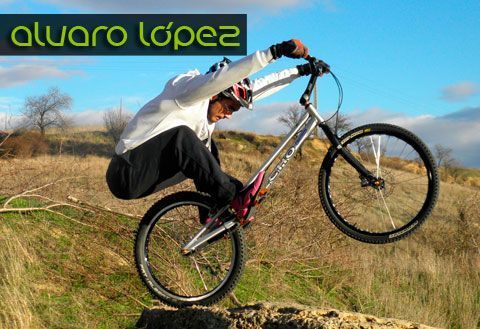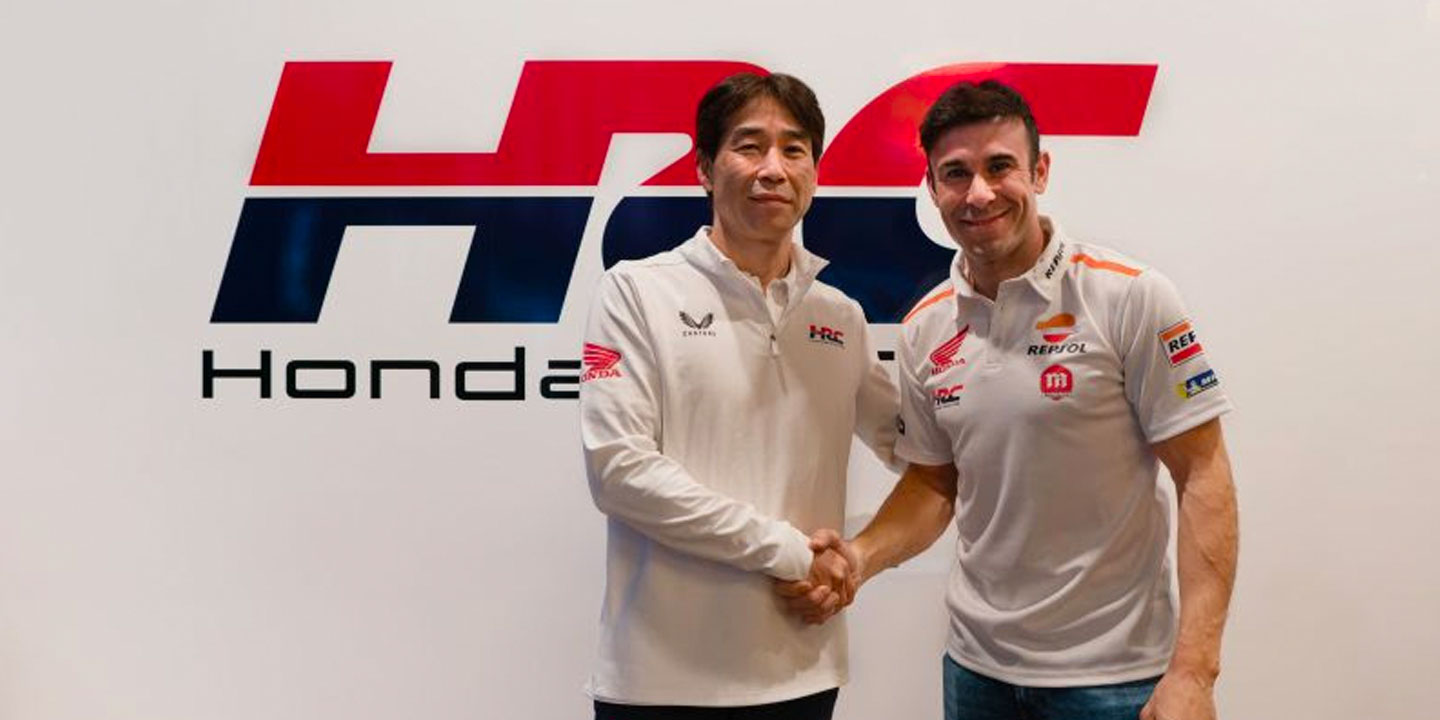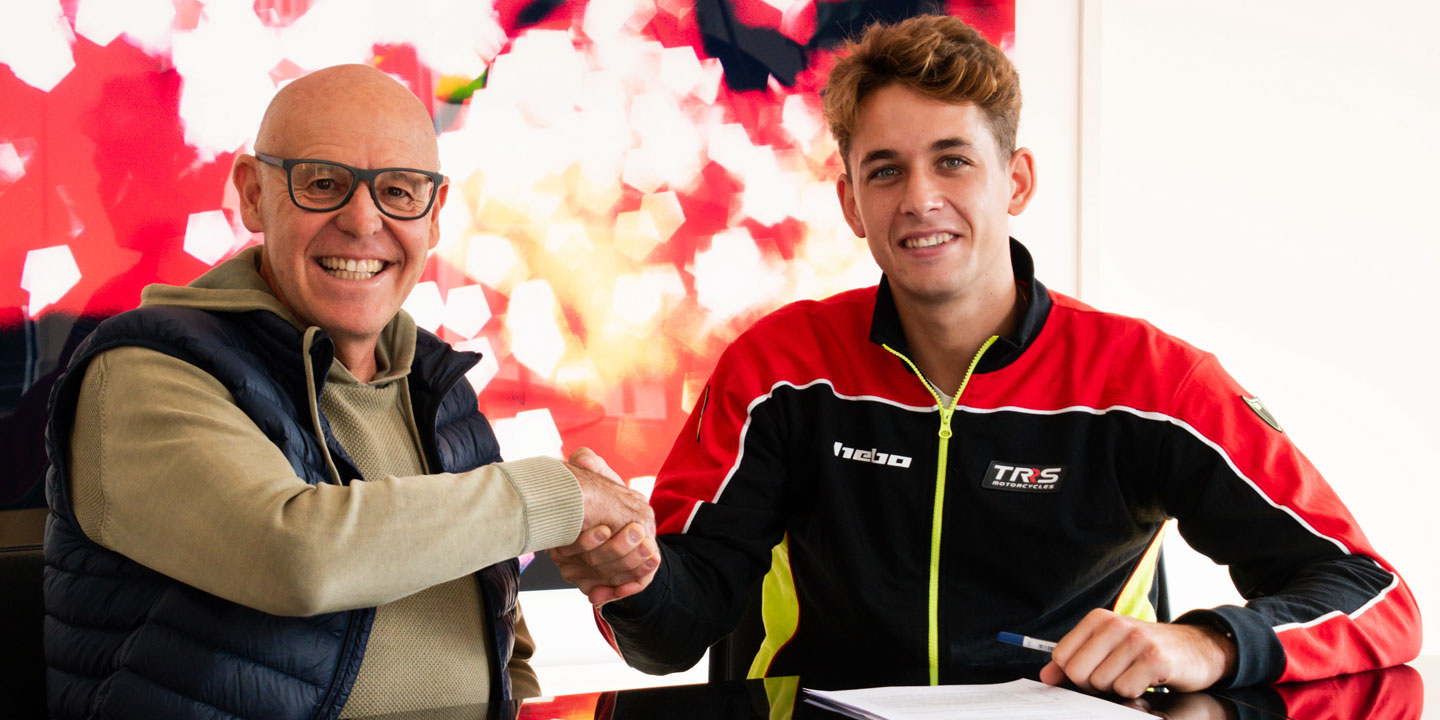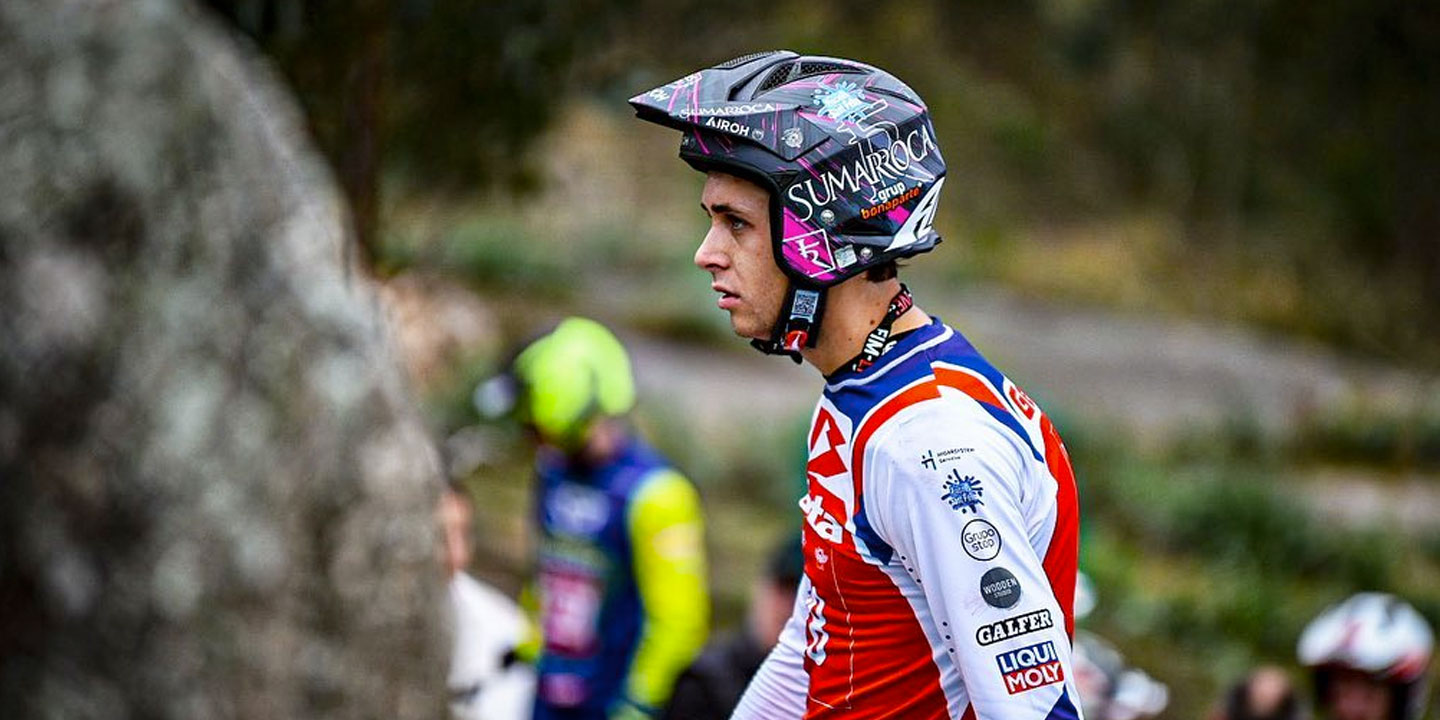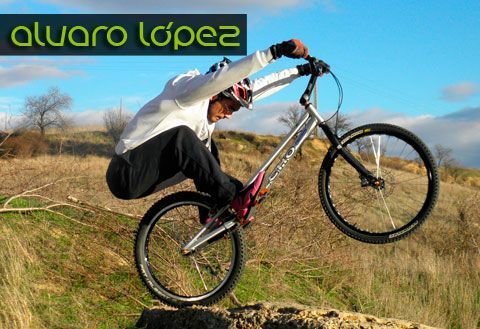
In addition to a relatively inexpensive sport where you can progress technically with almost daily training, since 20 minutes and any small park or obstacle to develop the pilot’s dexterity. As you can see in the video we have prepared for you, it is even possible to perform basic exercises in a garage.
Despite all this accessibility, Biketrial is an unpopular discipline of cycling, so progressing technically is difficult if we don’t have references or the appropriate technical advice.
For this reason, from Trialworld, under the production and direction of our specialist, Álvaro López, we have developed a series of chapters and exercises that can serve as a reference to start in the exciting world of Biketrial from scratch. In addition, especially in smaller riders, all the technique they develop on the bike can be used on the bike, so from Trialworld we recommend it as a complementary sport.
CHAPTER ONE: BALANCE
Balancing on two wheels is the first step you should learn as soon as you get your bike. Although it may seem natural, many riders have much more balance only on the rear wheel (bouncing), than on two wheels.
Although it may seem obvious, not developing the technique correctly can be a big burden to do areas in the future.
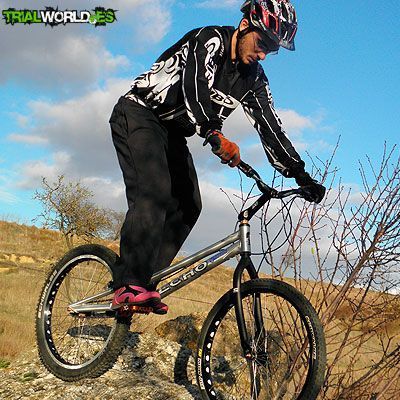
This part corresponds to the basic handling of a bike and should not cost the rider much, although learning is always progressive and depends on the circumstances of the terrain, the obstacle and the personal objectives that we set.
To improve balance on two wheels, we start with something very simple and effective: the square.
It consists of something as simple as taking a piece of chalk or a stick and marking a square on the ground. The goal is not to get out of it. At first, we will draw the square large, for example 2 meters x 2 meters , and we will try to move inside it without leaving it. A tip to keep your balance is to turn the front wheel, to the left in the case of right-handers – with the right pedal forward – and vice versa for left-handers.
We will be able to move forward and backward with small impulses, with which we will try to make the movement lighter, until we come to a complete stop and work on the most complicated part of the balance.
As you progress technically, you can shorten the spaces and thus demand more concentration in all tasks. It is also interesting to train these exercises with obstacles such as curbs, or simply climbing with the bike to high and narrow places.
Our best advice is to encourage you to improve yourself technically and work in depth on a first chapter that at first glance seems simple, but that it is decisive to have worked hard to learn quickly and effectively in the rest of the chapters.
Text and video: Álvaro López
